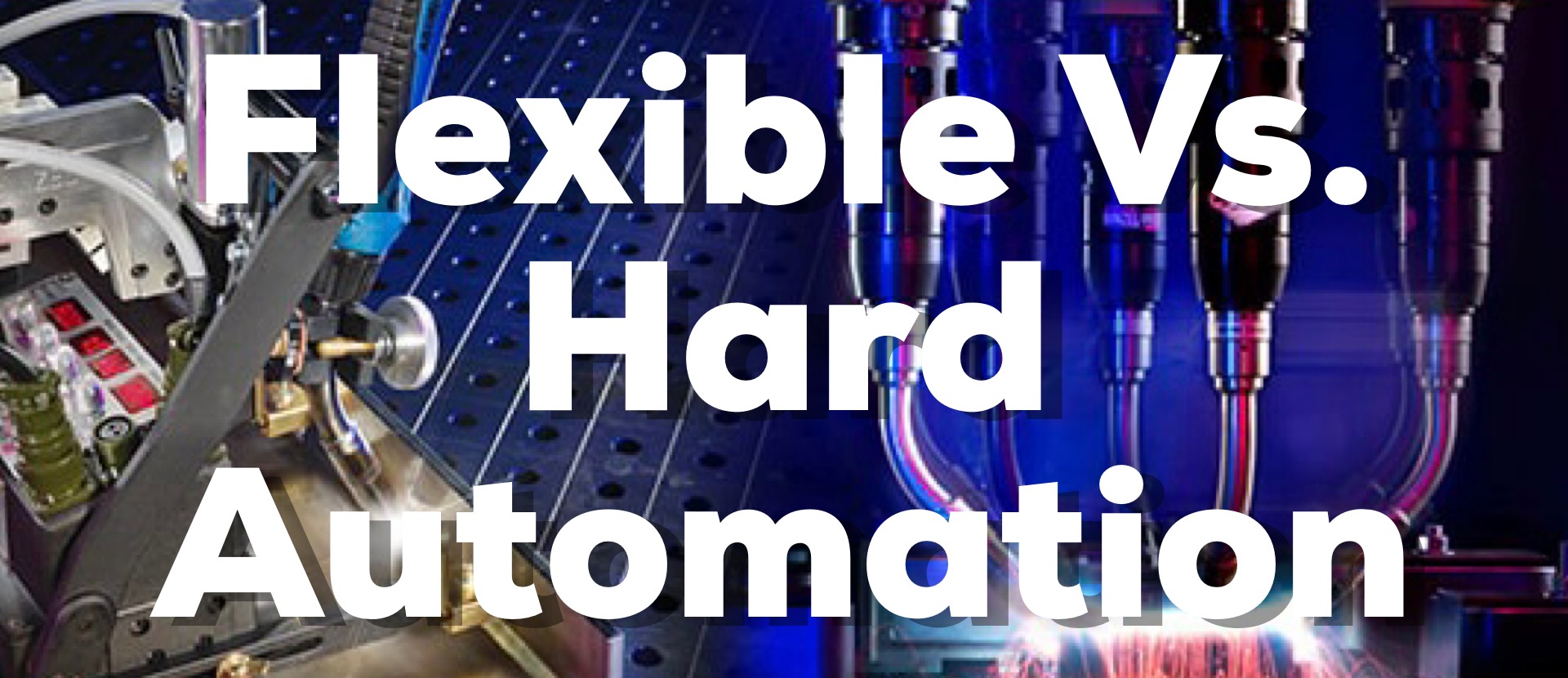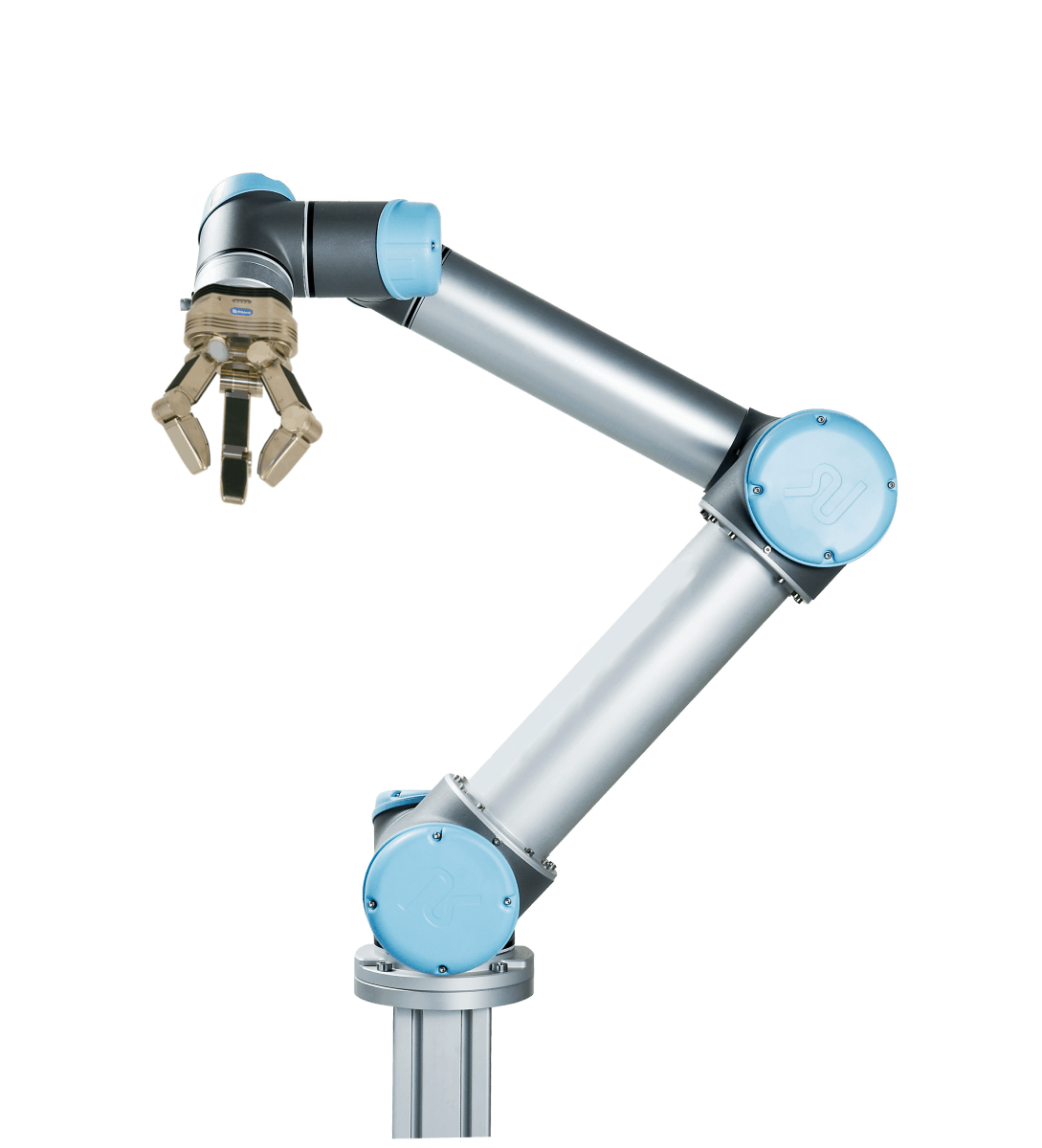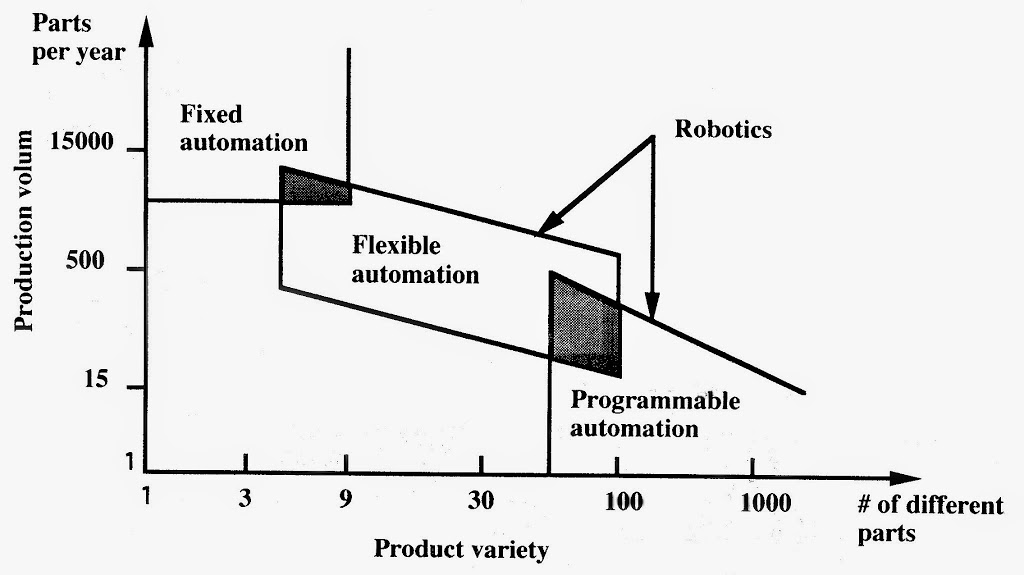Flexible vs. Hard Automation: What are the Differences and Benefits to Each One?
15 February, 2021 | Industrial Manufacturing, Automation, Industrial Engineering, Automation Systems, Hard Automation, Flexible Automation

Today’s manufacturing landscape continues to get more complex with each year that passes. It is also made up of evolving technology which changes at a pace that makes keeping up feel impossible. Even so, manufacturers must be able to quickly adapt to changes in the world of automation as well as to trends in their own industries.
For the automotive industry, staying flexible is extremely important since vehicles have unique components each year. As new models go through the production line, factories need to be able to keep up with those changes. Of course, some things remain the same for extended periods of time.
This opens the debate between flexible and hard automation within the automotive industry and which one is better. The short answer is that neither is inherently better than the other. A combination of both hard and flexible automation is the ultimate recipe for success.
Each type has benefits and drawbacks. That being said, depending on the type of manufacturing being done, one is probably a better choice than the other. Let’s break down the differences between hard and flexible automation to see what they are and how they excel.

What is Flexible Automation?
As its name suggests, flexible automation allows a manufacturer to quickly alter its production line as necessary. For instance, the factory setup can be changed to manufacture different parts that are only separated by a few differences.
Most flexible automation systems use robots that are programmed to perform multiple tasks. Then, when a change in production is needed, they can be retooled to accomplish the job without needing to be reprogrammed.
As one may imagine, this makes flexible automation a much faster choice than hard automation. It is typically used for things like high volume production—especially when the parts being produced are related to each other.

What is Hard Automation?
By contrast, hard automation is used when the task at hand is simpler and for creating large parts. Most of the time, when a large job is being performed, such as welding a long, bulky fixture, hard automation makes more sense.
This is because it is expensive to build robots that are large enough to navigate around these pieces. Something like a welding tractor that can move along the part is more efficient.
Meanwhile, it is actually easier to retool hard automation setups in many cases because no programming is needed. Instead, the equipment is physically adjusted to fit the new job. At the same time, most hard automation systems are designed to specifically produce a single part and are difficult to retool for different jobs.

Pros and Cons of Flexible Automation
As mentioned, both hard and flexible automation excel in certain areas and are lacking in others. The latter has many advantages when dealing with small parts and high-volume production. For complex parts, robotic arms have the agility necessary to move around and accomplish the task without adding additional steps to the production line.
Take the example of welding a car door. A robot can easily maneuver a torch into several different angles to complete the welds. It can then be reprogrammed to weld the door of a different model without much retooling.
Of course, the downside of flexible automation is that it carries a significantly higher initial investment. Most of the robotic components cost more than the simple manufacturing components used by hard automation systems. Meanwhile, the employees needed to operate a flexible automation system must possess strong programming knowledge, which demands a higher salary.
Pros:
- Able to adapt to production needs thanks to multiple programmed skills
- Can maneuver around complex parts
- Fast production for high-volume parts
Cons:
- High initial investment
- Not great for producing large, straightforward parts due to the size of robots needed
- Programmers demand higher salaries than everyday workers
Pros and Cons of Hard Automation
On the flip side, hard automation has its own benefits and drawbacks. As noted, these systems are often easier to retool thanks to their straightforward nature and the fact that little to no programming is needed. This allows factories to change jobs in a few hours and leads to more production time.
That being said, most hard automation systems are limited in what they can do. They typically lack the mobility needed to navigate complex parts and are best-suited to rotational and straight-line welding. Moreover, many hard automation systems are designed to produce a single unique part and can’t adapt to produce other things.
Pros:
- Lower up-front setup cost
- Faster retooling leads to less downtime
- Doesn’t require employees with programming knowledge to operate
Cons:
- Lack of mobility for complex parts
- Restricts the type of parts that can be produced to what can be retooled










